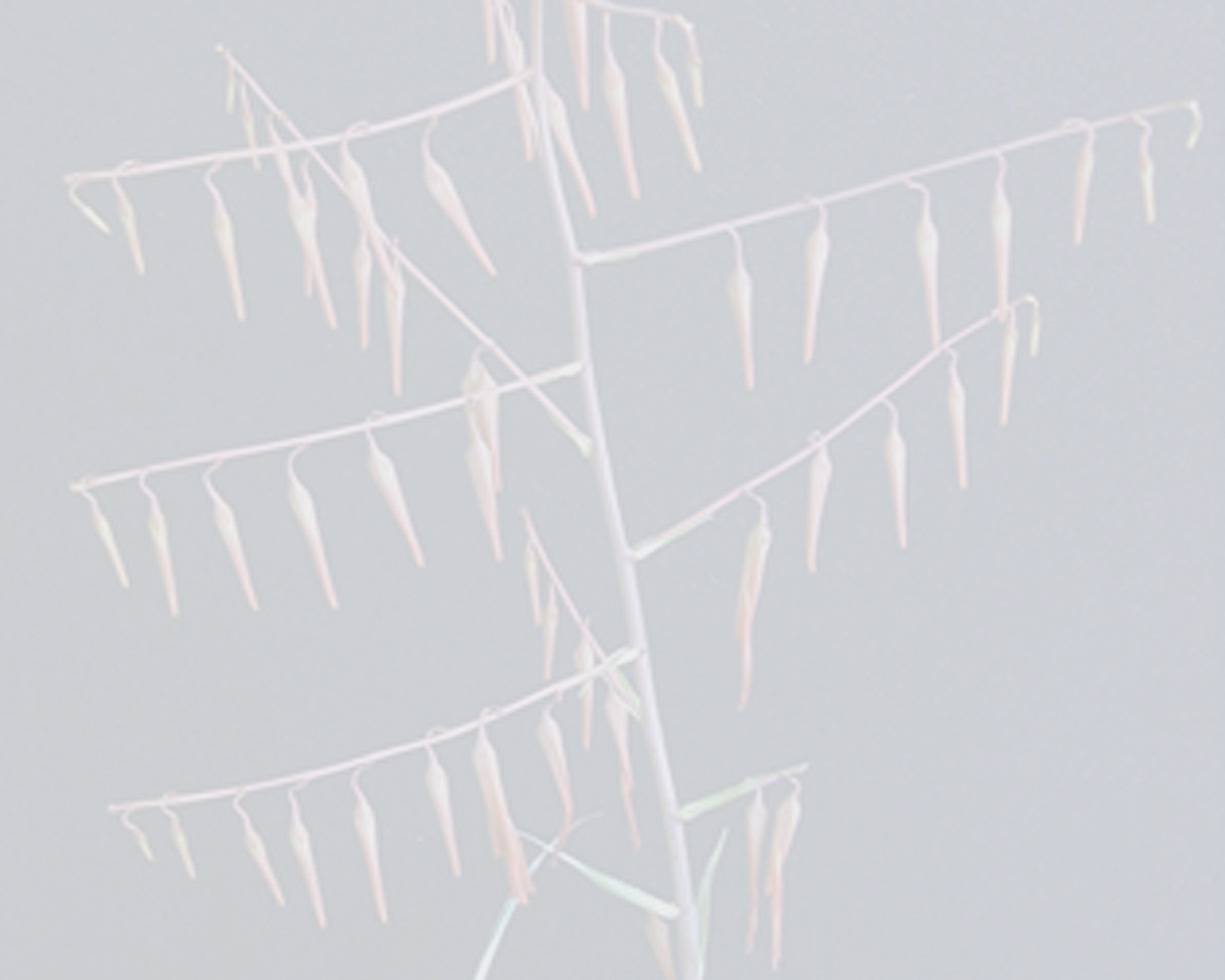


plant flowering to 45 cm tall with the inflorescence extended, stemless, spreading by slender 15 cm long stolons. leaves rosulate, spreading, polymorphic, some reduced and bladeless, some with a short spinose-serrate, pungent apex, others with a large deciduous blade; sheath narrowly elliptic, 2 cm x 12 mm, entire, dark castaneous, thin but persistent, curling when dry; blade lanceolate, attenuate, entire, 15–22 cm x 19–23 mm, thin, glabrous, dark green. inflorescence: peduncle arching to decurved, 30 cm long, slender, sparsely pale floccose; peduncle bracts narrowly lanceolate, erect, entire, about equalling to slightly exceeding the internodes; fertile part pendent, simple, 4–10-flowered, "totally black" (a; hirtz!), sparsely white floccose but becoming glabrous and lustrous; floral bracts erect, lanceolate, thin, attenuate, entire, to 25 mm long. flowers polystichous, not at all secund, pendent to spreading, pedicellate, the pedicels 6–10 mm long, 1 mm in diameter; sepals elliptic, acute to attenuate, 35–40 mm long, alate-carinate, each keel to 5 mm tall and often with an attenuate apex separate from the sepal blade; corolla tubular, only slightly zygomorphic; petals ligulate, acute, 65 mm long, unappendaged, very dark violet. pistil: ovary 2/3 superior. fruits: seeds bicaudate.Edited from (16-02-2023): Luther 1991a. (protologue) Miscellaneous new taxa of Bromeliaceae (VIII) .